Trending Now
Tuesday, Jul, 2024
Home / COVID-19 Is Hindering Progress In Women's Education In India
COVID-19 Is Hindering Progress In Women's Education In India
Reasons for the high dropout rate include high costs of education, housework or living, desire to work...
 by Himani Verma /
by Himani Verma /  11 Aug 2021 16:51 PM IST /
11 Aug 2021 16:51 PM IST /  0 Comment(s) / 446
0 Comment(s) / 446
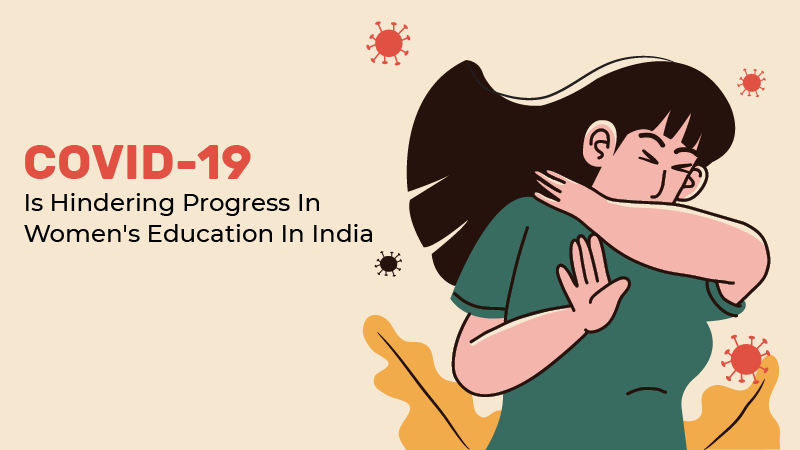
In the 2011 census, the literacy rate for women in India was 65.2%. The dropout rate for girls was 52.2%. Reasons for the high dropout rate include high costs of education, housework or living, desire to work, early marriage, availability of school, safety, hygiene issues in the area.
The right to education was promulgated in India in 2009. The decline in the poverty rate, expansion of school infrastructure, and changes in social attitudes over the past decade have increased the number of applicants. Several initiatives were essential to increase the number, including the Swachh Bharat mission, the national hygiene, and the hygiene program. This has contributed to the duplication of schools with edging walls and usable toilets. In 2008, no more than 20 percent of girls aged 15 to 16 were enrolled, which dropped significantly to 201.5 percent in 2018. And in 2018, the early termination rate was higher among women. Lower than that of men in primary and secondary schools.
The COVID-19 pandemic calls into question the critical progress that has been made. As many as 10 million girls are at risk of dropping out of high school due to a pandemic.
Growing poverty and growing gender inequality are jeopardizing women's education. The value of the gender parity index (ratio of girls to boys in education) has long been less than one. Over the past two years, this has stabilized, but the pandemic has increased poverty, reversed migration and job losses, threatening school dropout, especially for vulnerable girls.
Girls are at greater risk of being deprived of their education because they are forced into paid and unpaid work, as well as marrying children in times of crisis. Many teens who dropped out of school during a pandemic are likely to never return.
Popular states such as Bihar, Madhya Pradesh, Uttar Pradesh, and Rajasthan have female literacy rates below the national average. In these countries, the risk of girls dropping out of school during a pandemic and ending in early marriage, pregnancy, human trafficking, and violence is higher.
In Bihar, the lack of school infrastructure meant longer driving distances to school. In poorer parts of Bihar, the state government provided girls with bicycles. This has yielded good results, as the number of girls in school has increased from 175,000 to 600,000 in four years. However, schools have now been closed for over a year, and re-enrolling those in rural areas will be a major challenge.
As a new school term begins in July, the government is expected to collect sex-disaggregated data from rural councils in rural areas. The evolution of girls' education must be closely monitored. Online education is likely to continue for a while, which could limit the value of education, and parents who have become accustomed to having their daughters at home may not want to send them back to study in person. Collecting better data on enrollment would help inform the strategies and types of actions needed to reach girls at risk of dropping out of school.
One such approach could be visited by education officials, including teachers, to motivate girls to re-enroll. Scholarships and cash transfers are others that would help keep the poorest girls in school.
The caste system has always been a factor discouraging the education of children from marginalized communities. You will be shocked to know over 50% of Dalit children leaves to study in between or drop out of school. The enrollment rate of women in registered castes has always been low. Getting these families into school will bring more children back to school, and women will feel the greatest impact on the verge of dropping out. Teaching aids and advice may also be needed.
The school-based mid-day meals program was designed to increase participation in the spirit of universal access to education. The program has been particularly effective in promoting women's education. During the pandemic, the government provided food safety benefits to children forced to study at home. However, performance audits have shown that in some states, children do not receive food at home. Returning children to school is necessary not only to meet their educational needs but also their health and nutritional needs.
There are so many children who missed out on education during the pandemic because they did not have access to online educational resources. However, the pandemic has led to the development of new models of real-time education. The government should increase funding for research into viable online education models, especially for poor girls in remote rural areas. Digitization could be a breakthrough for equality education in India in the future.
Girls 'education is an important factor in economic development - numerous studies have shown that GDP increases as women’s education increases. A change in India's progress will have a negative impact on long-term development unless important steps are taken.

EShort / February 16, 2024
IMS Noida Admissions 2024: Apply for UG, PG programmes

EShort / February 16, 2024
GATE 2024: Response sheet out

EShort / February 16, 2024
BSSTET 2023: Admit card released

EShort / February 16, 2024
NID DAT 2024: Prelims result released

EShort / February 16, 2024
IIT JAM 2024: Response sheet released

Jobs / February 16, 2024
UPSC Recruitment Drive 2024: Apply for 120 vacancies in various departments

EShort / February 14, 2024
UPSC CSE 2024: Official Notification issued; application process begins

Editor's Desk / April 17, 2020
How Does Society Impact Our Education?

Current Affairs / April 22, 2020
Mr. Sudarsanam Babu appointed to U.S. Science Board.
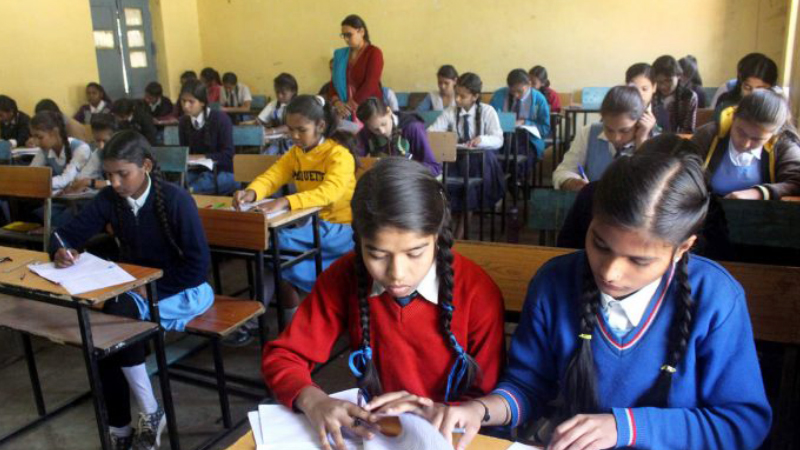
Reforms / April 17, 2020
Traditional Structure of Education In India
.jpg)
Events & Seminars / April 17, 2020
PISA!!
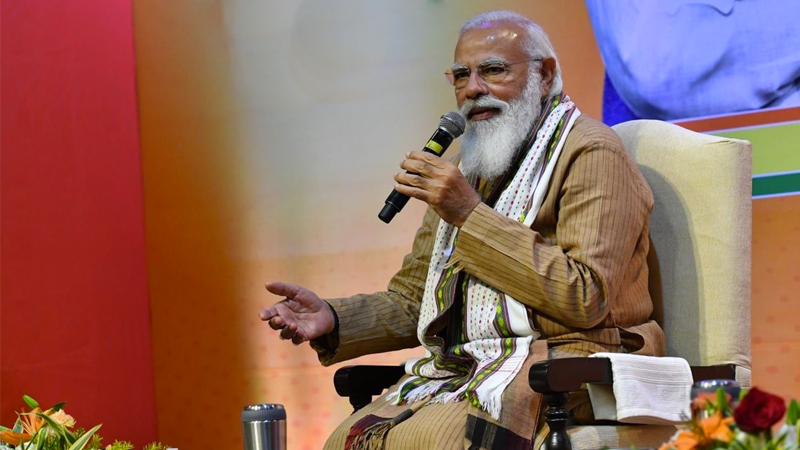
Blog / February 26, 2021
Government's Action On #ModiRojgaarDo

EShort / May 19, 2022
CUET PG 2025 has started the registration process.

Notice Board on Important Dates / April 21, 2020
World Heritage Day

News / July 08, 2021
JEE Mains Registration For Session 3: Last Date To Apply

EShort / June 11, 2022
KCET 2022 registration reopen today



 Program 2024 for Financially Disadvantaged Students-02.png)


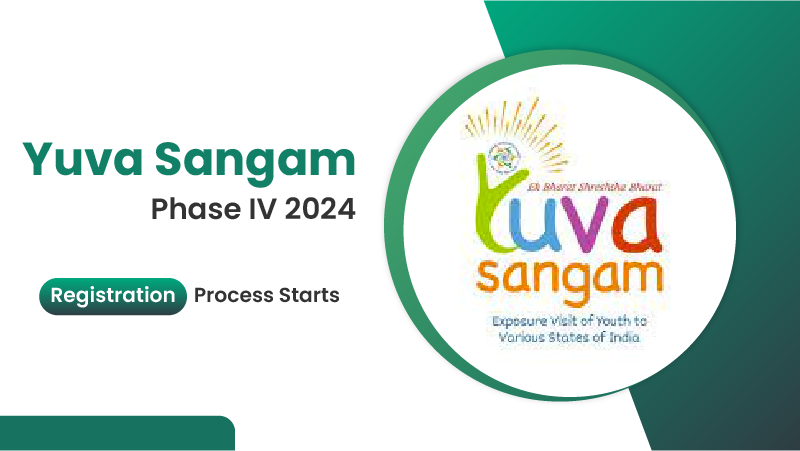





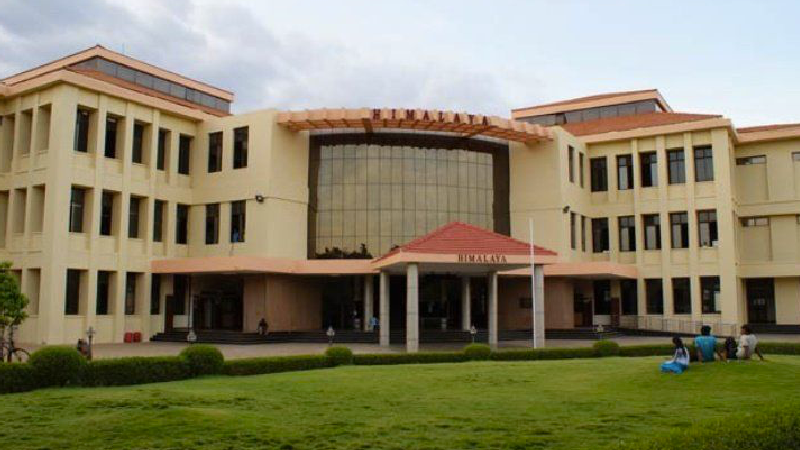


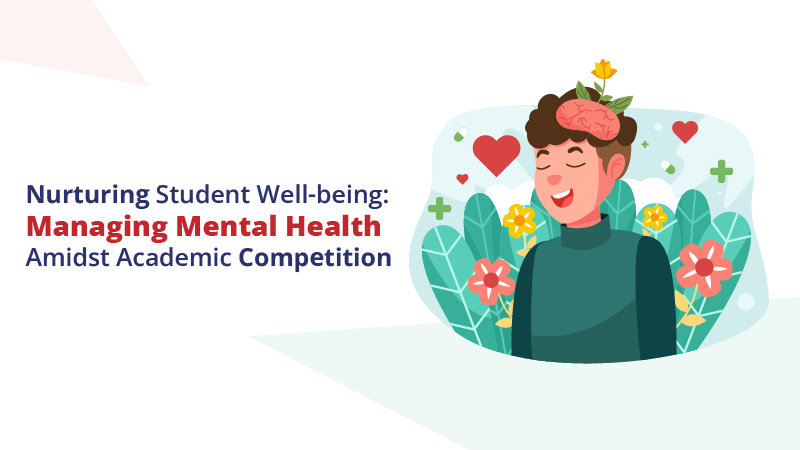




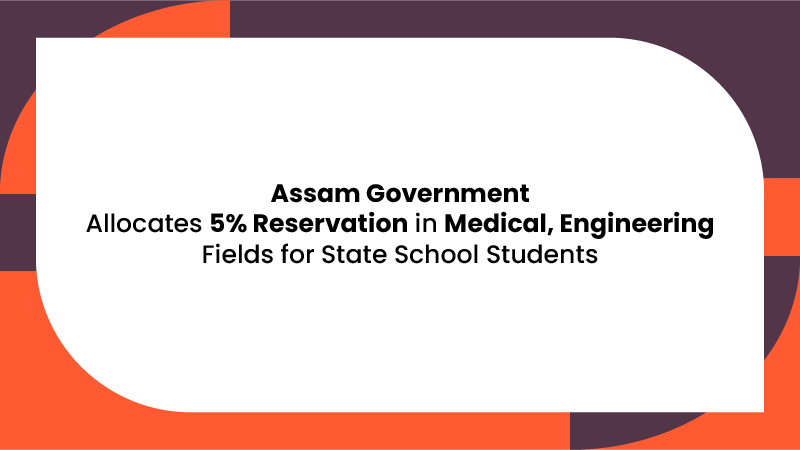


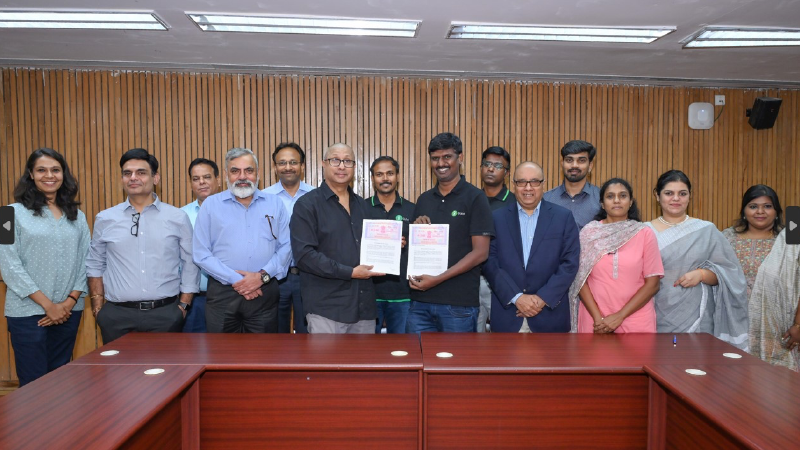
0 Comments
Post Comments